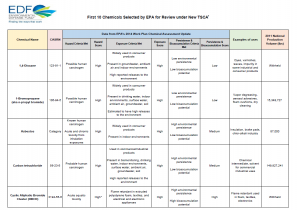[pullquote]Washington, DC’s water utility launched a helpful interactive map allowing residents to see whether water pipes are lead, non-lead, or if there’s no available information for nearly every building and public water source across DC – including residences, restaurants, retailers, schools, drinking water fountains, and even the White House and Smithsonian.
[/pullquote]
Lindsay McCormick is a Research Analyst.
When I moved to Washington, DC four years ago the phrase “lead service lines” did not roll off my tongue. That began to change as I became aware of DC’s historical lead problems – and dramatically so in the wake of the crisis in Flint, Michigan.
But I’m not alone. Even though experts estimate that up to 10 million homes across the U.S. have lead service lines – lead pipes connecting the drinking water main in the street to the home – it’s an issue that is not well understood by most Americans.
And that should come as no surprise given that few water utilities across the U.S. can even say with confidence where the lead services lines are in their systems, and fewer still proactively share what information they have with customers. Lead service lines are an aging infrastructure, typically found in communities with older housing. Local recordkeeping over the years has been inconsistent, leaving many utilities today to rely on incomplete, difficult to access, or non-electronic historical records. Many communities appear to have no documentation of when they ceased installing lead service lines altogether.
Read More »
